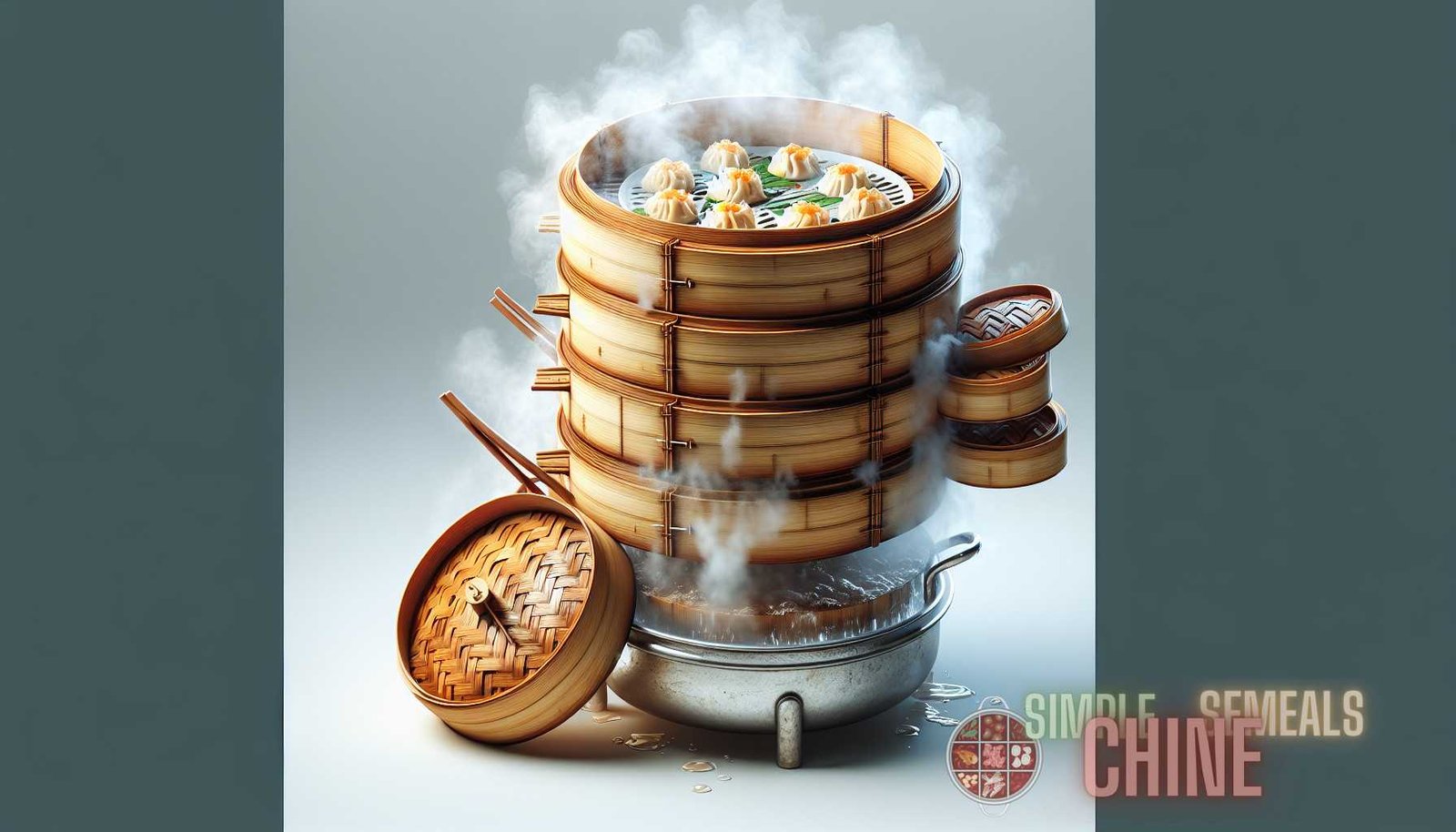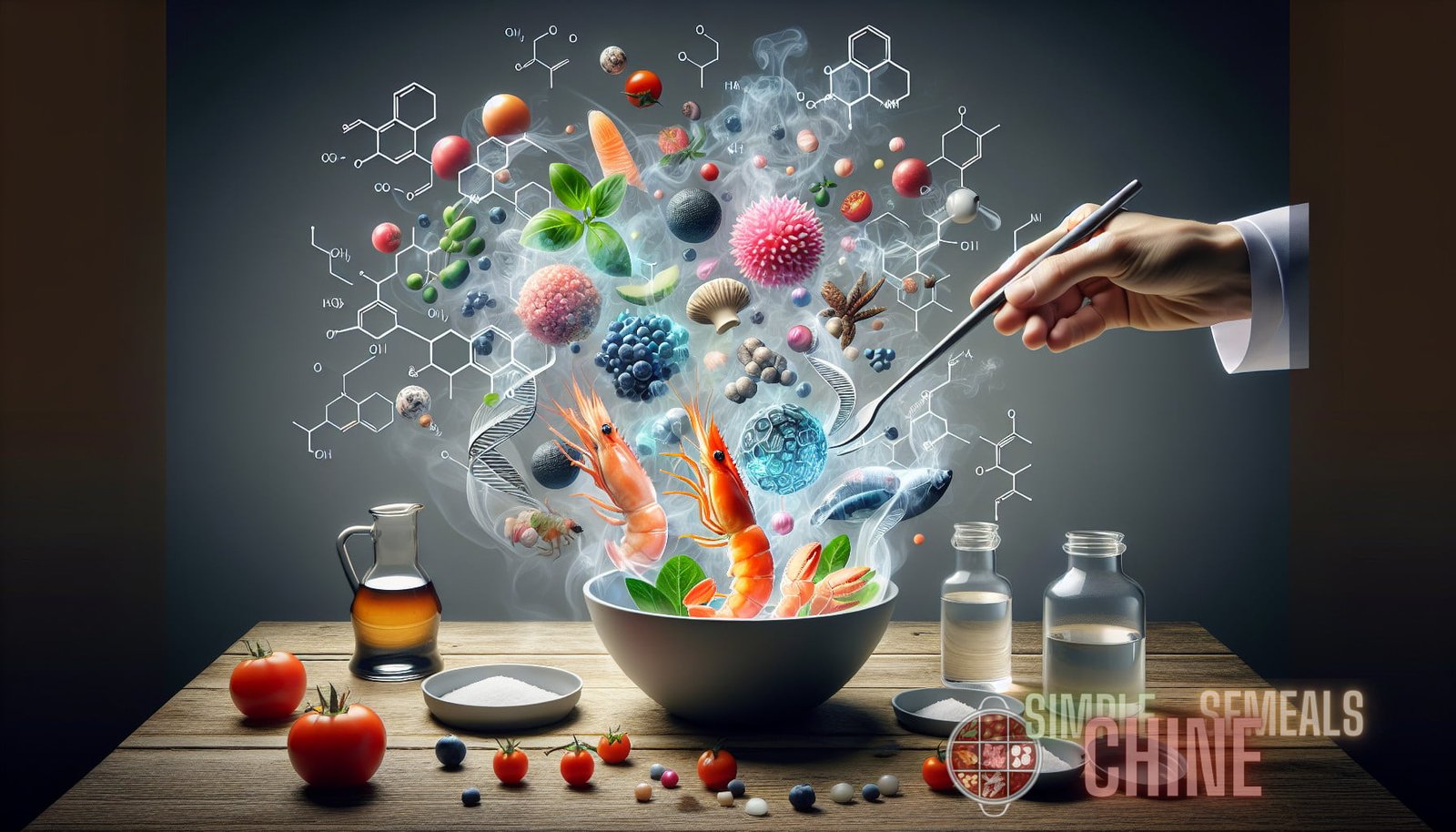Introduction
Molecular steaming, also known as steam infusion, is a revolutionary technique that has unlocked a new level of flavor infusion and texture transformation in the culinary world. This innovative method involves using steam to infuse flavors, enhance textures, and create unique dishes that tantalize the taste buds. From delicate seafood to perfectly cooked vegetables, molecular steaming allows chefs to take their creations to new heights. In this article, we will explore the art of molecular steaming, its benefits, and how it has transformed the way we cook.
The Science Behind Molecular Steaming
Molecular steaming is not just a culinary technique; it is a scientific process that harnesses the power of steam to create remarkable results in the kitchen. When food is exposed to steam, several chemical reactions occur, leading to flavor infusion and texture transformation.
Flavor Infusion
One of the primary benefits of molecular steaming is its ability to infuse flavors deep into the food. This is achieved through two main mechanisms:
- Volatile Compound Release: When food is exposed to heat, volatile compounds are released, enhancing the aroma and flavor. Steam is an excellent carrier of these compounds, allowing them to penetrate the food and create a harmonious blend of flavors.
- Moisture Retention: Steam keeps the food moist during the cooking process, preventing it from drying out. This moisture retention helps to preserve the natural flavors and juices, resulting in a more succulent and flavorful dish.
Texture Transformation
In addition to flavor infusion, molecular steaming also has a profound impact on the texture of the food. The heat and moisture from the steam soften the food’s fibers, making it tender and easy to chew. This is particularly noticeable in vegetables, which retain their crispness while becoming more delicate and enjoyable to consume.
The Benefits of Molecular Steaming
Molecular steaming offers numerous benefits that have made it a popular technique among professional chefs and home cooks alike. Here are some of the key advantages of this innovative cooking method:
- Flavor Enhancement: Molecular steaming allows for deep flavor infusion, resulting in dishes that are bursting with taste. Whether it’s seafood, meat, or vegetables, the steam infusion process enhances the natural flavors of the food, creating a more intense and satisfying culinary experience.
- Healthier Cooking: Steaming is often considered one of the healthiest cooking methods, as it requires little to no added fats or oils. Molecular steaming takes this a step further by preserving the nutrients and natural goodness of the food. The minimal use of fats also makes it a lighter option for those conscious of their calorie intake.
- Texture Enhancement: Molecular steaming can transform the texture of food, making it more tender, succulent, and enjoyable to eat. Even tough cuts of meat can become melt-in-your-mouth tender with the right combination of heat and moisture.
- Cooking Precision: With molecular steaming, chefs have precise control over the cooking process. By adjusting the temperature and time, they can achieve the perfect doneness without the risk of overcooking or undercooking the food. This level of precision ensures consistently delicious results.
- Time Efficiency: Molecular steaming is a fast cooking method that allows for quick and efficient meal preparation. The steam penetrates the food rapidly, reducing cooking times, and enabling busy individuals to enjoy a delicious and nutritious meal in a short amount of time.
Molecular Steaming Techniques
Molecular steaming techniques have evolved over time, with chefs experimenting and discovering new ways to utilize steam for flavor infusion and texture transformation. Here are some of the most popular techniques used in molecular steaming:
Sous Vide
Sous vide, which translates to “under vacuum,” is a cooking technique that involves vacuum-sealing food in a bag and cooking it in a water bath at a precise temperature. While not strictly a steaming technique, sous vide often incorporates steam infusion during the cooking process. By sealing the food and cooking it at a controlled temperature, sous vide allows for maximum flavor infusion and texture enhancement.
Bamboo Steamer

The bamboo steamer is a traditional Chinese cooking utensil that has been used for centuries. It consists of stacked bamboo trays that allow food to steam over boiling water. The steam rises through the bamboo, enveloping the food and imparting its flavors. Bamboo steamers are particularly popular for cooking dim sum and other delicate dishes.
Combi Oven
A combi oven combines the power of steam with traditional convection heat, allowing for precise control over the cooking process. These ovens have the option to add steam during the cooking cycle, resulting in dishes that are perfectly cooked and infused with flavor. Combi ovens are commonly used in professional kitchens due to their versatility and ability to produce consistent results.
Steam Infusion Blenders
Steam infusion blenders are innovative kitchen appliances that combine the functions of a blender and a steamer. These devices use steam to heat and cook food while simultaneously blending it into a smooth puree or sauce. Steam infusion blenders are ideal for creating velvety soups, sauces, and baby food with intensified flavors.
Recipes and Dishes Utilizing Molecular Steaming
Molecular steaming has given rise to a plethora of unique and exciting recipes that showcase the technique’s capabilities. Here are some popular dishes that utilize steam infusion to unlock incredible flavors and textures:
Lemon-Herb Steamed Salmon
This light and refreshing dish consists of steamed salmon fillets infused with the flavors of fresh lemon and fragrant herbs. The salmon is cooked to a tender perfection using the sous vide technique, ensuring a moist and flavorful result. Serve it with steamed vegetables and a side of creamy dill sauce for a delightful and healthy meal.
Steamed Dumplings
Steamed dumplings, also known as dim sum, are a staple in Chinese cuisine. These bite-sized delights are filled with a variety of ingredients such as pork, shrimp, or vegetables and then steamed to perfection. The steam infusion technique ensures that the dumplings are soft, juicy, and bursting with flavor. Serve them with a dipping sauce for a delicious and satisfying snack or meal.
Steamed Vegetables with Garlic Butter
Vegetables are transformed into a delectable side dish when steamed with garlic butter. The steam infusion process enhances the natural sweetness and vibrancy of the vegetables while the garlic butter adds richness and depth of flavor. Serve the steamed vegetables as a flavorful accompaniment to roasted meats or as a light and healthy standalone dish.
Miso-Ginger Steamed Sea Bass
Steamed sea bass is taken to new heights with the addition of a miso-ginger marinade. The delicate flavors of the fish are elevated by the steam infusion process, creating a perfectly cooked and flavorful dish. The miso and ginger add a hint of umami and spice, complementing the natural sweetness of the sea bass. Serve it with steamed rice and bok choy for a complete meal.
Conclusion
Molecular steaming, or steam infusion, has revolutionized the culinary world by unlocking the art of flavor infusion and texture transformation. By harnessing the power of steam, chefs can create dishes that are bursting with flavor and have a melt-in-your-mouth texture. This innovative technique offers numerous benefits, including enhanced flavors, healthier cooking, and precise control over the cooking process. Whether it’s seafood, vegetables, or meat, molecular steaming opens up a world of culinary possibilities. So, why not give it a try and discover the art of molecular steaming for yourself?



